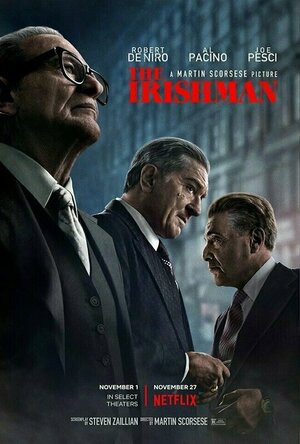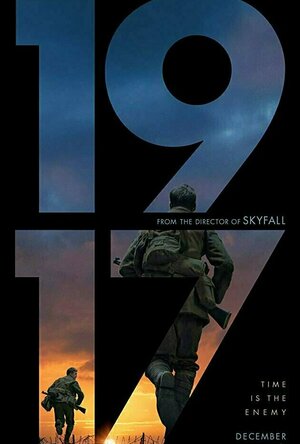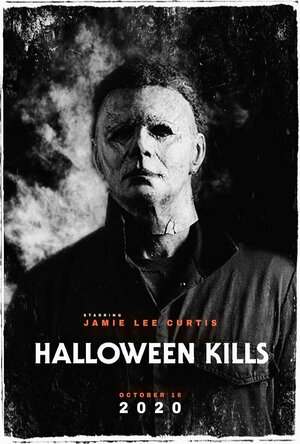
'80s TV Shows - Tidbit Trivia
Games and Entertainment
App
How much do you know about '80s television? Put your knowledge to the test with hundreds of...
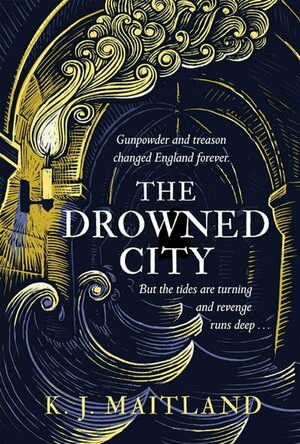
The Drowned City
Book
Gunpowder and treason changed England forever. But the tides are turning and revenge runs deep in...
Historical fiction Jacobean England Gunpowder Plot
I loved these stories. I’m a huge fan of fairytales, myths and legends - they’re most definitely not just stories for children, as these dark and often disturbing stories prove. In fact, these short tales are just like the original fairy tales, in that people are tricked, driven to madness and die (but not ALL the time!).
The seemingly separate stories gives the reader more insight to the world of the Silken Folk, and the overarching story of the Lacewing King was just perfection. The beautiful artwork by Charles Vess really does make this a very special book, and I’m going to be sad to see it go back to the library!
I’d highly recommend this wonderful book.
Andy K (10823 KP) rated The Irishman (2019) in Movies
Nov 28, 2019
Enter Jimmy Hoffa.
Sheeran befriends the mighty Teamsters union boss and popular, yet controversial figure and the two form a lasting friendship. Sheeran sometimes operates as middle man between the hot-headed Hoffa and his mob contacts, always trying to unruffle feathers and keep the peace. Over many years, there are ups and downs even when Hoffa goes to prison, but their friendship endures.
Sheeran's life of excess has fractures his own family life; however, as his daughter becomes estranged after seeing just what her father is capable of. Their relationship is strained and may never recover. Sheeran's mob connections become more of a family for him as they are where his true loyalties lie.
Sheeran's role n the death of Hoffa has to be considered speculation as, to my knowledge, the perpetrator(s) have never been fully identified. This could be due to the source book by Charles Brandt "I Heard You Paint Houses" where Sheeran confesses. There is forensic evidence to back this up, so I guess it could be more definitive than I first suspected.
If you are comparing The Irishman to Goodfellas and/or Casino, you will be disappointed. Easily in 3rd place of the 3, I enjoyed while watching, but no sequence in particular really stood out. I can remember entire sections of both Goodfellas and Casino and here it seems like Scorsese has lost some of his creativity as far as cool camera shots, long pans or long takes in favor o just letting his fantastic cast have the spotlight. Not a bad idea if you have De Niro, Pacino and Pesci, but I still feel like the film lacked that extra "spark" making it truly great. The screenplay was adequate which is also surprising since Academy Award winning screenwriter Steven Zaillian is no stranger to an epic story, but, again, seems more by the numbers and not very standout.
The run time of almost 3 1/2 hours doesn't help as the film gets bogged down somewhat in the union infighting politics and I can see where that would bore much of the audience. There is a lot to enjoy about the film led by the stellar cast of course. De Niro, while always fantastic, doesn't really have the flashy part this time. Even Joe Pesci is understated compared to his characters in other Scorsese films. Pacino as the stubborn, bullish Hoffa is the standout in my opinion, but every time he gets angry and starts shouting I always think of his role as Big Boy Caprice in Dick Tracy (ok I'm a little weird).
I won't be surprised if the film gets lots of Oscars nods for acting, directing and technicals; however, I feel this is a case where it might be a hot property for a little while and then fade away quickly. We also still don't know if history might repeat itself and Oscar voters turn a cheek away from a Netflix film in favor of one with a more "traditional" distribution. Many believe the same happened in 2018 when critic favorite Roma lost to Green Book for the same reason.
We shall see...
LeftSideCut (3776 KP) rated 1917 (2020) in Movies
Aug 16, 2020
The cast, the cinematography, the set pieces, the music score are all outstanding.
The plot revolves around Lance Corporals Schofield (George McKay) and Blake (Dean-Charles Chapman) embarking on a seemingly impossible mission across no man's land in Northern France, deep into enemy territory to deliver a message to a fellow regiment, with the aim of preventing them from walking into a trap and potentially losing 1600 soldiers.
The two lead actors are fantastic, portraying two soldiers leaning on each other to achieve their goal.
The journey that takes place is tough and harrowing at times. There's a point about half way through the movie where the pace just doesn't slow down once. It's extremely intense, and bolstered infinitely by the shooting style.
The film is shot in a way that gives the viewer the impression of a one take movie. It's edited together so well that it appears seamless, and allows for some truly breathtaking moments, and never lets you break away from events unfolding. It caught my attention immediately and never lost it for one second.
This method allows for a very stylish looking experience, but it's a kind of style that never detracts or takes away from the horror of war. It's a perfect combination, ensuring that scenes of action feel relentless, whilst sadder moments are suitably poignant and perfectly executed. The emotional beats in 1917 are something else and took me by surprise. I have no shame in saying that I was fighting back tears a couple of times.
By the times the credits rolled, I was just sat in stunned silence, something that has only happened to me a few times before when it comes to movies.
1917 is pretty much perfect. A great war film, a great drama, and en effective exploration of what friendship and duty really mean.
Make the time to watch it if you haven't already!
LeftSideCut (3776 KP) rated Halloween Kills (2021) in Movies
Oct 17, 2021
However, the positives are marred quite severely by everything else. The script is hammy as fuck, which is fine, but the tone of the movie is pretty damn serious, and a lot of the screenplay just doesn't land properly. There are endless characters saying something along the lines of "it's my fault, and I'm going to be the one to kill Michael Myers" for no real reason. Additionally, there are a whole bunch of "legacy" characters from the OG Halloween making their return. It's lovely to see the likes of Kyle Richards, Charles Cyphers, and Nancy Stephens back for another round, but they do kind of feel shoehorned in. Tommy Doyle being thrust into the spotlight as a main character is in no means a bad idea, but he's just a bit of a gammon for the entire runtime, and quickly becomes a tiresome protagonist. All of this is exacerbated by pacing that just plummets around the mid point. The whole subplot of a mob chasing down a small bald man who clearly isn't Michael Myers is just ludicrous, and it's goes on FOREVER. All just to throw in a forced "maybe we were the monsters all along" conundrum. It's really dumb.
I didn't hate Halloween Kills by any means, but for me, it was a huge step down from the fantastic 2018 effort. Hopefully, Halloween Ends will bring the quality back up (with more Laurie Strode fingers crossed)
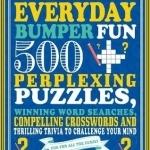
Everyday Bumper Fun: 500 Perplexing Puzzles, Winning Word Searches, Compelling Crosswords and Thrilling Trivia to Challenge Your Mind
Book
Everyday Bumper Fun has 500 perplexing puzzles, winning word searchers, compelling crosswords and...
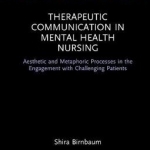
Therapeutic Communication in Mental Health Nursing: Aesthetic and Metaphoric Processes in the Engagement with Challenging Patients
Book
This book introduces an innovative technique for therapeutic communication in mental health nursing,...
The Poison Belt: Being an Account of Another Adventure of Prof. George E. Challenger, Lord John Roxton, Prof. Summerlee, and Mr. E.D. Malone, the Discoverers of the Lost World
Arthur Conan Doyle and Joshua Glenn
Book
What would you do if you alone had discovered that the entire planet was about to be engulfed in a...

Process Mining Techniques in Business Environments: Theoretical Aspects, Algorithms, Techniques and Open Challenges in Process Mining
Book
After a brief presentation of the state of the art of process-mining techniques, Andrea Burratin...

